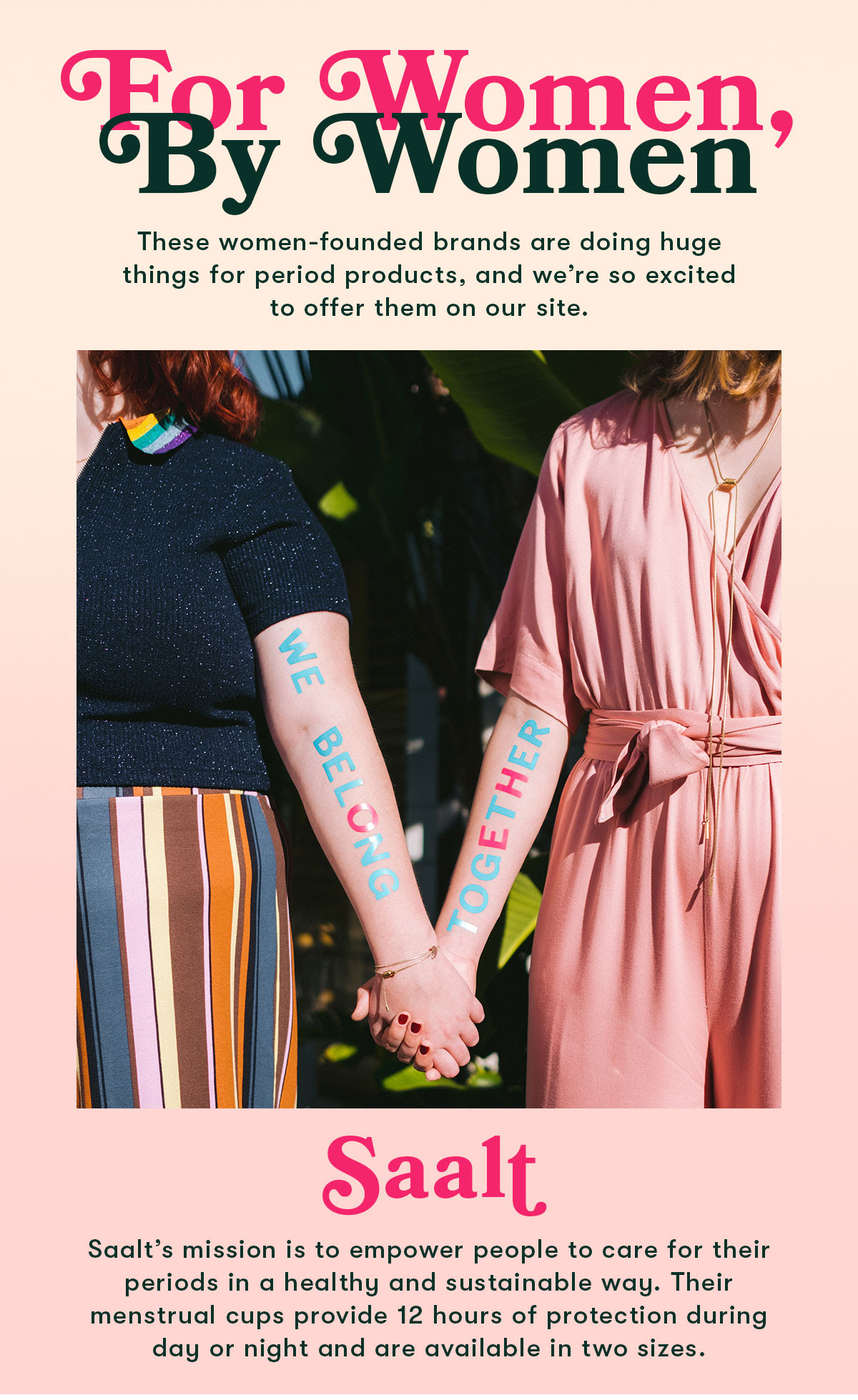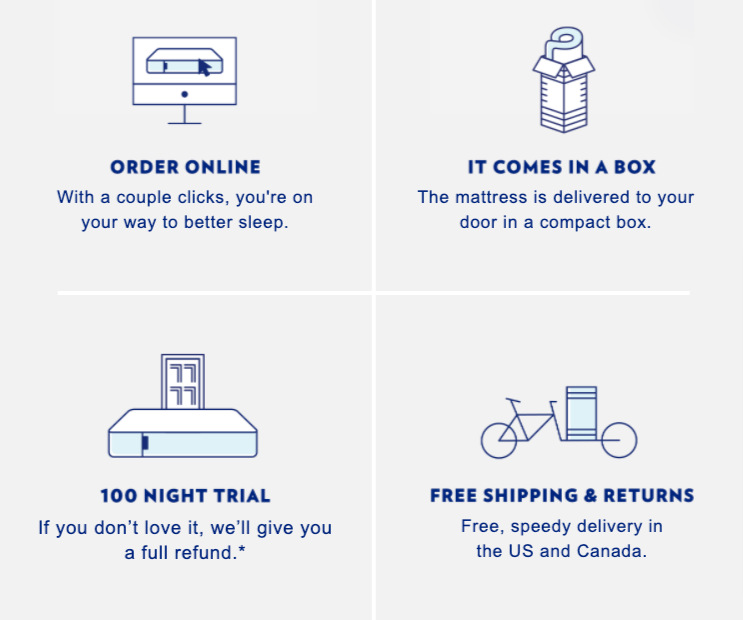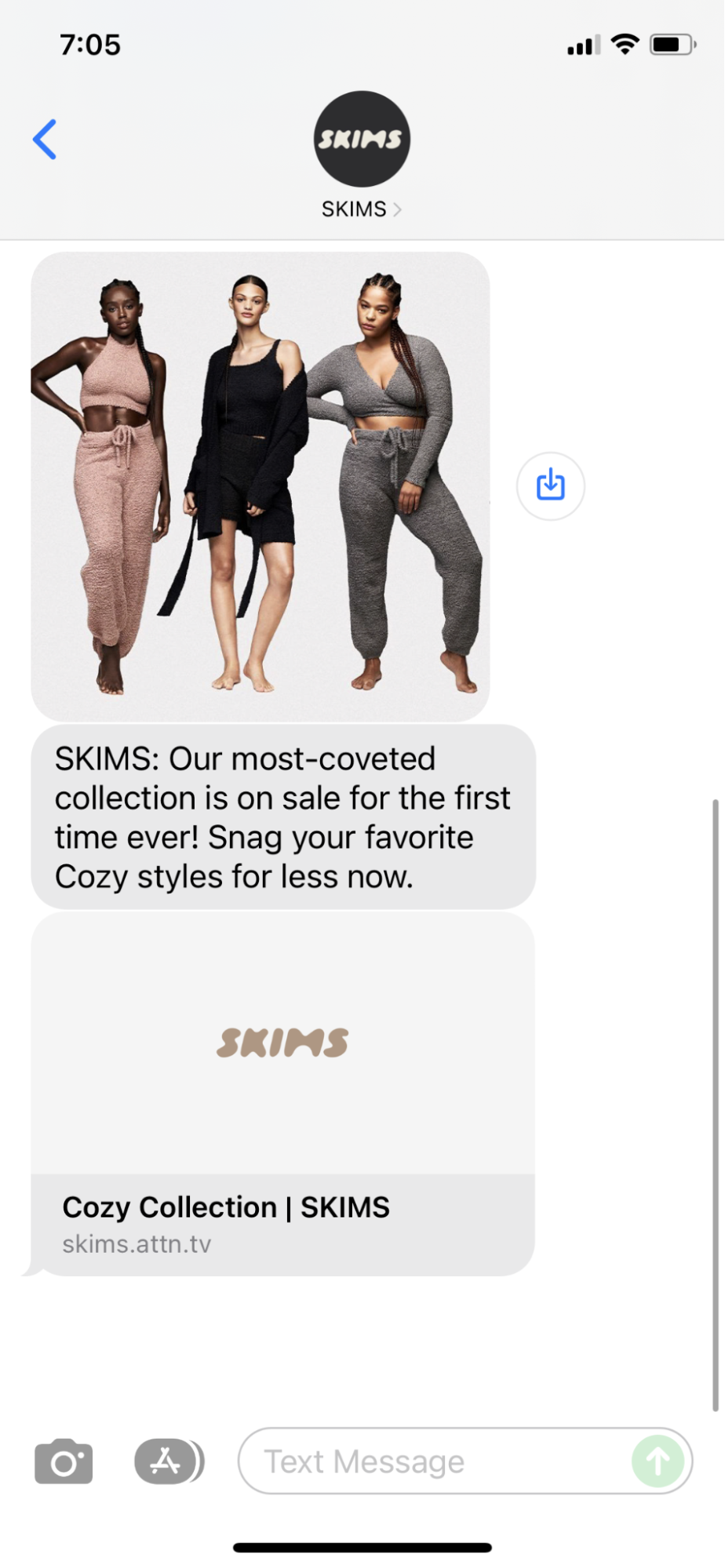When it comes to turning your SMS and email channels into conversion-creating revenue drivers, consistency is key. But how do you know what to send, when to send it, and how often? We’ve got you! In this lesson, we’re going to help you plot and plan an email and SMS marketing calendar for your ecommerce business.
How many emails should you send?
If there’s one thing to keep in mind out the gate, it’s this: most businesses don’t send enough emails. According to ecomm marketing expert, Chase Dimond:
We put on our customer hat and think as a consumer vs. a business, which prevents us from sending essential revenue-driving emails in the necessary volume. Are you a new business? Start with at least one email per week (outside of your automated emails). Look at the positive metrics: open rate, click-through rate, and conversion rate. Then look at the negative metrics: unsubscribed, bounced, and marked as spam. Compare your metrics to the industry averages and standards, and if yours look healthy (positive metrics are high and negative are low) then add another email each week. Continue adding until you find email equilibrium for your brand. You’ll maximize engagement and revenue while minimizing churn.
Whether you are just getting started with email and SMS marketing, or you’re a seasoned pro, it’s time to send more (high-quality, targeted) messages to your customers. Period.
Why do you need an SMS & email marketing calendar?
Planning your sends allows you to see the bigger picture of your marketing efforts. You can better align with your goals and business needs—from moving through product inventory, educating on your brand, and offering promotions, to sharing news, launching products, and taking advantage of seasonal trends.
What should your SMS & email marketing calendar consist of?
Your SMS and email marketing calendar should define the sends you need in order to:
- Meet your business goals for the month.
- Take advantage of seasonally appropriate sales bumps.
- Create consistency in your communications so you stay top of mind with your customers.
Your planned calendar consists of the kind of email and SMS messages you are sending, and when you’re sending them. For email, this includes newsletters, promos and sales, product features, brand content, and social proof. For SMS, this includes campaigns like flash sales, SMS-only promotions, behind-the-scenes peeks, and soundbite-length educational content, among other things.
Additionally, you should be building in pro-tip ‘best practices’ like performing regular updates on automations, reviewing data and metrics, understanding your customer segments, and A/B testing.
How to plan your marketing calendar
Now that we’ve touched upon why you need a marketing calendar, what your emails and SMS should consist of, and how many emails to send, the rest of this lesson is all about taking the guesswork out of your monthly planning. First up, let’s discuss the two types of emails and SMS campaigns you can send.
Email & SMS automations
Workflows (automations) are email series that are triggered by a specific action. Welcome Series workflows are triggered when a customer subscribes to your mailing list. Abandoned Cart workflows are sent when a customer almost-but-not-quite checks out. Post-Purchase workflows are triggered by a purchase, and often provide supportive content or drive a second purchase. The main thing to note with workflows is that you can set them up once, and then let them do their magic quietly in the background.
Email & SMS campaigns
Campaigns are the emails you send that are not automated. These have specific goals attached to them, such as conversion, engagement, brand affinity, or sales. They’re also the emails that will go into your email and SMS marketing calendar (because automations run on their own when triggered by a defined event, they don’t have a place in the calendar).
Getting started with campaigns is all about setting up your foundation. And by foundation, we mean the essential automated workflows that every ecommerce brand should have in place.
Start with email automations
A healthy revenue attribution rate (aka how much of your revenue comes from which source) for email and SMS is between 20%-35% during regular selling seasons, and upwards of 50% during peak holiday shopping seasons. Generally speaking, 10%-15% of your revenue attribution rate should come from automated emails (here’s where your set-it-and-forget emails come in really handy).
The three basic, but really important campaigns you need in order to hit such numbers (and make your ecommerce business a success) include:
- Welcome Series
- Abandoned Cart Series
- Post-Purchase Series
Now, let’s move on to planning your monthly email calendar with campaigns that will help drive sales, build brand affinity, and make your customers love you even more.
What types of email and SMS sends should I schedule ahead of time?
Email newsletters (send 2-4x a month)
If you don’t have a branded newsletter, start one! It’s a great way to build relationships, clarify what and who you are as a brand, educate on your unique product value, provide engaging content that connects with customer interests, and distribute your content for maximum impact. Whew!
They’re also a fun way to show off your brand voice, tone, and style, like Ban.do:

Product pushes (1-3x weekly via email)
These messages are short and sweet. Use them to showcase your products (hint: you can create ready-to-purchase sets by bundling products), and remember to segment your audience based on their shopping habits (so you can share the items you think they’d love) like Bellroy.

Brand education content (via email)
Sometimes your subscribers need a refresher on how to best use your product. Casper does a good job of restating their value prop and working it into monthly automations so it can just run in the background.

Launches, restocks, or updates (via SMS)
Nobody has SMS tightened up the way SKIMS does. Every new color, style, or collection drop gets a dedicated text with product images and a to-the-point CTA that readers can’t help but make a move on. Take a feather from Kim K’s (marketing teams’) hat and take advantage of those 98% open rates.

How to segment your campaigns for maximum impact
Before you start sending emails and SMS out into the ether, you’ll want to think about whom you’re sending them to and why. Some of the different ways you can view and segment your audience include:
- Engaged (have opened emails) versus unengaged. Keep in mind, your unengaged audience may need to feel a sense of urgency in order to start engaging (opening your emails).
- VIP customers. These are your bread and butter. They’ve purchased from you before, and you can count on them to always open your sends. Tip: schedule out a surprise-and-delight discount to encourage repeat purchases and improve CLV (customer lifetime value).
- Time-based. Have some subscribers who bought 30-60 days ago and need to restock? Schedule triggered emails to send to folks who purchased a product within a given timeframe.
- Customers (who have purchased) and non-customers (subscribers who haven’t purchased). Usher non-customers inside with an enticing promo or a bundled product discount.
Once you’ve segmented your audiences based on purchase behavior, it’s important to A/B test design elements, messaging, subject lines, and CTAs to better craft future emails (tip: test one thing at a time). Once you’ve run a few A/B tests and have a better sense of what makes people open, click, and convert, you’ll know exactly what to do for monthly sends moving forward.
How do you know what’s working (and not) for your monthly email and SMS sends?
To understand the health and effectiveness of your email and SMS strategies, you’ll want to do a regular analytics review. Be sure to look at the metrics for each send, as well as a weekly and monthly high-level review of your data. Doing so will help you keep a finger on the pulse of your business health so that you can make informed marketing and business decisions accordingly.
The metrics to measure include:
- Open rate. Keep in mind that this one’s becoming less important/accurate due to the iOS15 update. the percentage of people who were sent your email and opened it
- Click rate. The percentage of people who clicked on your CTA, a button, or an image
- Conversion rate. the percentage of people who took a specific action based on your call to action
- Sales attributed. The dollar amount of sales that can be attributed back to your sends
- Average order value. This should remain steady or increase over time as your customers become fans, or as your messaging encourages people to add additional products to their cart
- Cart abandonment rate. The percentage of people who add products to their carts and never complete a purchase
Why it’s so important to create a monthly calendar & how Drip can help
Email and SMS are most effective when done consistently using focused intent. And the path to consistency and focused content? A monthly marketing calendar, of course, and a good dose of best practices. In addition to creating a monthly calendar, applying best practices—refining automations, targeting segments, reviewing analytics, and A/B testing—will help maintain channel health and net you the best possible results.





